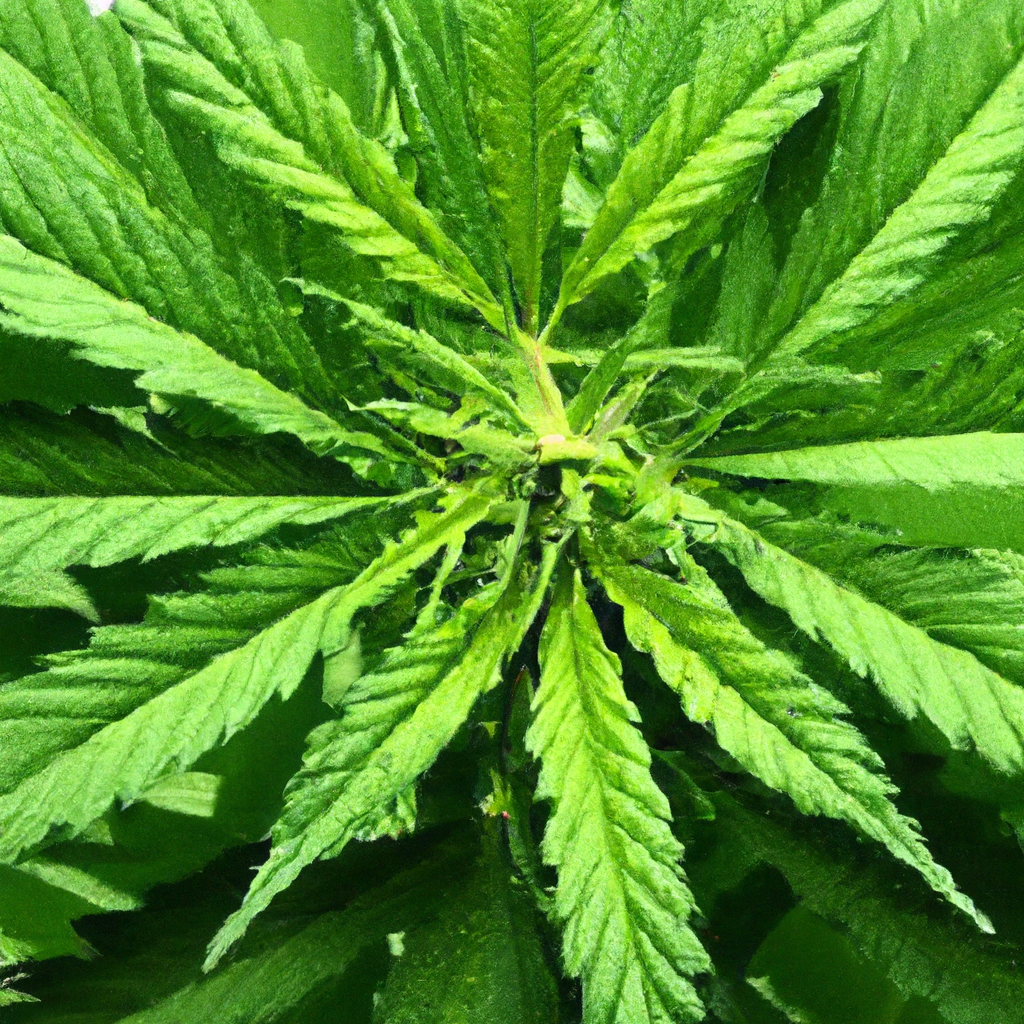Your cart is currently empty!
Cannabis cultivation has surged in popularity, offering growers a chance to explore the plant’s potential. However, resilience in cannabis crops is crucial for maintaining robust growth and high yield. This article delves into the scientific principles that enhance cannabis resilience, focusing on techniques that fortify plants against environmental stresses and pests.
Understanding Cannabis Resilience
Resilience in cannabis plants refers to their ability to withstand adverse conditions, such as pests, diseases, and environmental stressors. A resilient cannabis crop ensures higher yields and more potent strains, thus benefiting both commercial and recreational growers.
Key Strategies for Enhancing Cannabis Resilience
Optimal Soil and Nutrient Management
Maintaining the right soil composition is critical. Ensure that your soil is rich in organic matter and provides adequate drainage. Incorporate natural fertilizers to enhance nutrient availability, promoting healthy root development and disease resistance.
Integrated Pest Management (IPM)
IPM combines biological, cultural, and chemical tools to manage pest populations. By introducing beneficial insects such as ladybugs or nematodes, growers can naturally control pest outbreaks, thereby maintaining plant health without relying heavily on chemical pesticides.
Cannabis Cultivation Techniques
- Companion Planting: Grow plants like basil, marigold, or garlic alongside cannabis to ward off pests while attracting beneficial insects.
- Crop Rotation: Periodically changing the planting area to disrupt pest life cycles and prevent soil nutrient depletion.
- Low-Stress Training (LST): Bend and tie down growth points to improve light exposure and airflow, reducing mold risk and stimulating even growth.
Harnessing Scientific Research for Improved Outcomes
Advancements in cannabis science continually offer new insights into improving plant resilience. Ongoing research on the plant’s genetic makeup seeks to identify traits associated with disease resistance, drought tolerance, and stress management, enabling growers to select or engineer more resilient strains.
Conclusion
Enhancing cannabis resilience is an ongoing journey that merges traditional practices with scientific advancements. By adopting strategies like optimal soil management, IPM, and innovative cultivation techniques, growers can boost plant resilience, ensuring healthy growth and bountiful harvests. As research continues, the future of cannabis cultivation promises more robust crops and sustainable practices.
Tags: CannabisCultivation, Integrated Pest Management, SoilHealth, SustainableAgriculture, ScientificResearch


Leave a Reply